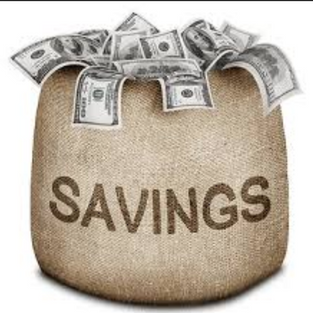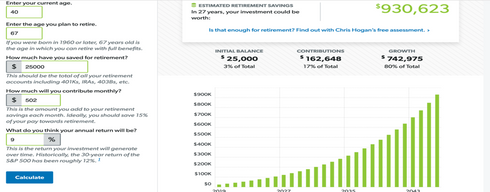What is Lifestyle Creep?
- Clear Direction Financial
- Mar 5, 2019
- 2 min read
Updated: Mar 5, 2019
Learn what it is & how to prevent it from chipping away at your retirement/ investments as your income goes up.
Do you remember the excitement of buying your current car, or maybe opening the door to your home for the first time? Has the excitement of these items dwindled over time, or as your income has gone up? Do you find yourself looking at nicer cars, or homes even though there is either nothing wrong with your current items, or the repair would be cheap in comparison to the new items cost?
This is call lifestyle creep.
Lifestyle creep happens when incomes increase, as a result you also increase your lifestyle by upgrading your items that otherwise are perfectly fine or would be relatively cheap to repair in compared to the cost of a new item. If you don’t recognize lifestyle creep is happing, over a period of time it could cause you to lose hundreds of thousands, if not millions of dollars over your working life.
The good news, there are some things you can do to keep it in the front of your mind and keep it under control.
When you get a bonus or a raise spend some money intentionally- but not all of that raise, or bonus money.
When we get a raise or a bonus it is only natural to want increase our lifestyle. After all, you work hard for your money. It needs to be enjoyed, but responsibly. It is important to understand each dollar you spend is another dollar not working for you.
In general, a good rule of thumb for this is 10-20%, this will ensure you get to enjoy your gains, but will also ensure you are able to invest and plan for the future.
Thinking that new car is worth the payment? Let’s do the math. The average car payment today is $502 per month, let’s assume you have $25K in retirement currently and you’re 40 years old and your target retirement age is 67. Rather than buying the car today, let’s say you invest that $502 monthly, going with a conservative 9% (30 year return of the S&P 500 has been 12%), this car payment will be worth $930,623.
Rather than spending all of the increase, a better plan would be: set aside a predetermined amount and spend that, and then allocate the remaining balance to finish building up your emergency fund...or, if your emergency fund is fully funded, then you could look into investing the remaining balance instead.











Comments